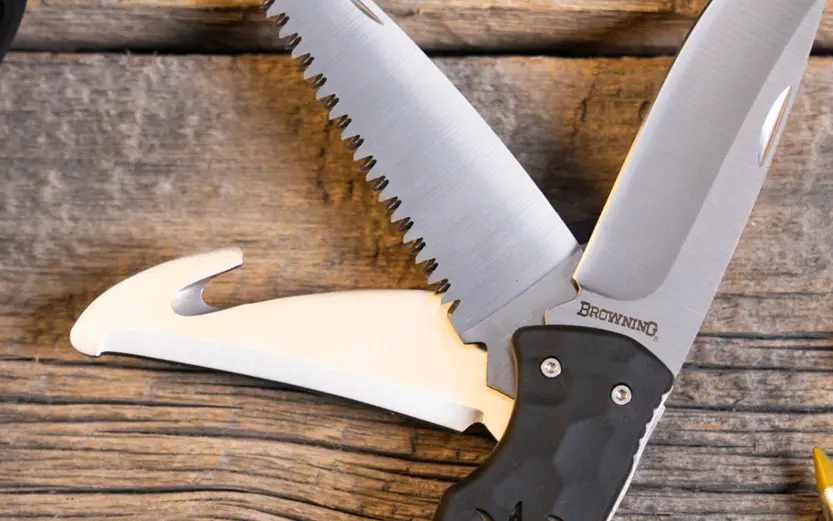As a kitchen professional, maintaining the sharpness of your knives, especially a folding knife, is crucial for efficiency and safety. Sharpening a folding knife at home can seem daunting, but with the right techniques and tools, it becomes a seamless task. This guide will walk you through the process, ensuring your knife remains a reliable companion in your culinary endeavors.

Why Sharpening Your Folding Knife Matters
Maintaining a sharp edge on your folding knife is not just about cutting efficiency; it's also a matter of safety. A dull knife requires more force to cut, increasing the risk of slipping and accidents. Additionally, a sharp knife ensures precision in your cuts, essential for professional kitchen work.
Folding knives, with their compact design, are popular among chefs for their portability and versatility. They can be as effective as fixed blades when properly maintained, making them a staple in many kitchens. To understand more about the evolution and design of folding knives, you can read about the evolution of knife designs.
Tools You Need for Sharpening
Before you start sharpening, gather the necessary tools. A whetstone or a diamond stone is ideal for sharpening folding knives. You might also need a honing rod for regular maintenance. Ensure you have a clean, flat surface to work on and some water or oil if required by your sharpening stone.
If you're curious about the different types of knife sharpeners available, you might find this guide on knife types helpful. It covers a wide range of knives and their maintenance needs.
Step-by-Step Sharpening Process
Here's a detailed process for sharpening a folding knife at home:
Step 1: Preparing the Stone
Start by soaking your whetstone in water for about 5 to 10 minutes. If you're using a diamond stone, ensure it's clean and ready for use. Place the stone on a stable surface to prevent movement during sharpening.
Step 2: Finding the Right Angle
The sharpening angle is crucial for achieving a sharp edge. For most folding knives, a 20-degree angle is recommended. You can use an angle guide to ensure consistency throughout the process.
Step 3: Sharpening the Blade
Hold the knife firmly and position the blade at the desired angle. Begin with the coarser side of the stone, moving the blade back and forth across the stone. Apply even pressure and maintain the angle throughout the process. Repeat this several times, then switch to the finer side of the stone to refine the edge.
Step 4: Honing the Edge
Once you've sharpened the blade, use a honing rod to align the edge. This step is crucial for maintaining the sharpness achieved during sharpening. Hold the rod vertically and slide the blade down at a consistent angle, alternating sides.
Common Mistakes to Avoid
When sharpening a folding knife at home, avoid common mistakes such as using the wrong angle, applying too much pressure, or neglecting to hone the blade. These errors can result in a damaged edge or an uneven blade.
For more tips on maintaining folding knives, check out our article on cleaning a folding knife. Proper cleaning is essential to prevent rust and maintain the knife's longevity.
Conclusion
Sharpening a folding knife at home is a rewarding skill that ensures your knives remain effective tools in your kitchen. With practice and the right techniques, you can keep your folding knives sharp and ready for any culinary challenge.
For further reading on knife maintenance, you might explore the benefits of different knife handle materials, such as carbon fiber handles, which offer durability and a comfortable grip.

FAQs
How often should I sharpen my folding knife?
The frequency of sharpening depends on usage. For regular kitchen use, sharpening every few months is recommended, with honing more frequently.
Can I use a sharpening steel instead of a whetstone?
A sharpening steel is more suitable for honing rather than sharpening. It helps maintain the edge between sharpening sessions.
What is the best angle for sharpening a folding knife?
A 20-degree angle is typically ideal for folding knives, balancing sharpness and edge retention.
This article contains affiliate links. We may earn a commission at no extra cost to you.


























